Uncover Henfield’s colourful history
Set in the district of Horsham in West Sussex, Henfield sits between London to the North and Brighton to the South. Mentioned in the Domesday Book, Henfield possesses a rich heritage of cultural and architectural treasures.
Evidence of early settlements date back to the Stone Age, but the name Henfield comes from the Anglo Saxon ‘Hamfield’ meaning a hamlet on high open ground. Situated on a sandy ridge and surrounded by Weald Clay, the soil is perfect for growing crops, and agriculture has remained at the heart of village life for hundreds of years.
At the centre stands St Peter’s Church. Constructed in 770 AD as a wooden building, it was said to be the first structure in the area. The village later appears in the Domesday Book as part of Stretham Manor, owned by the Bishop of Selsey.
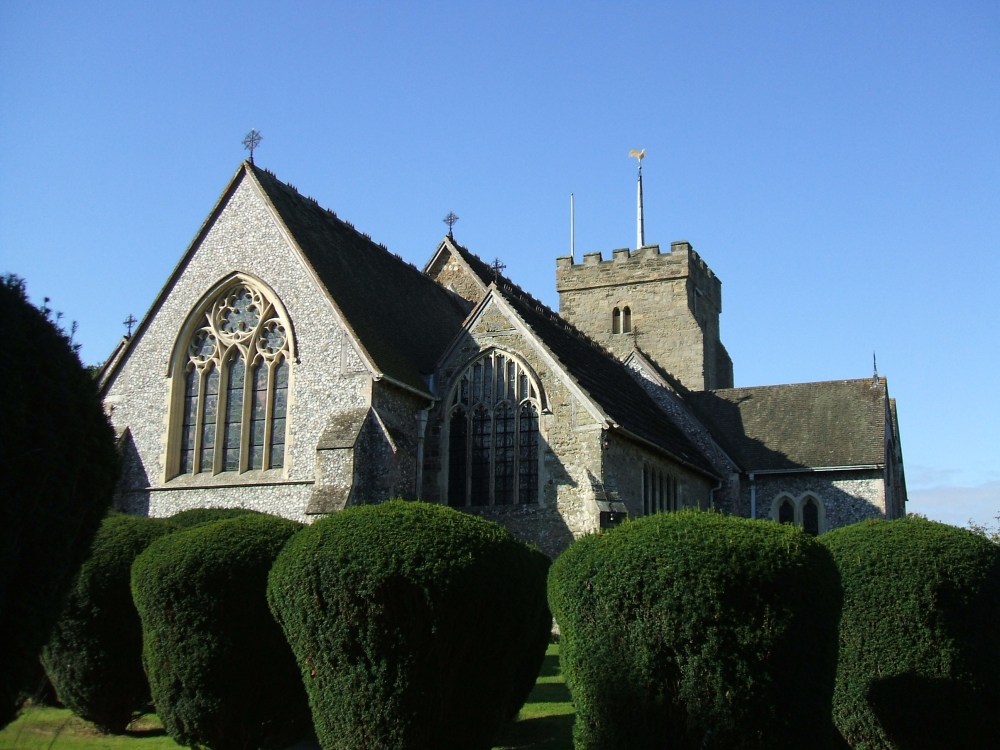
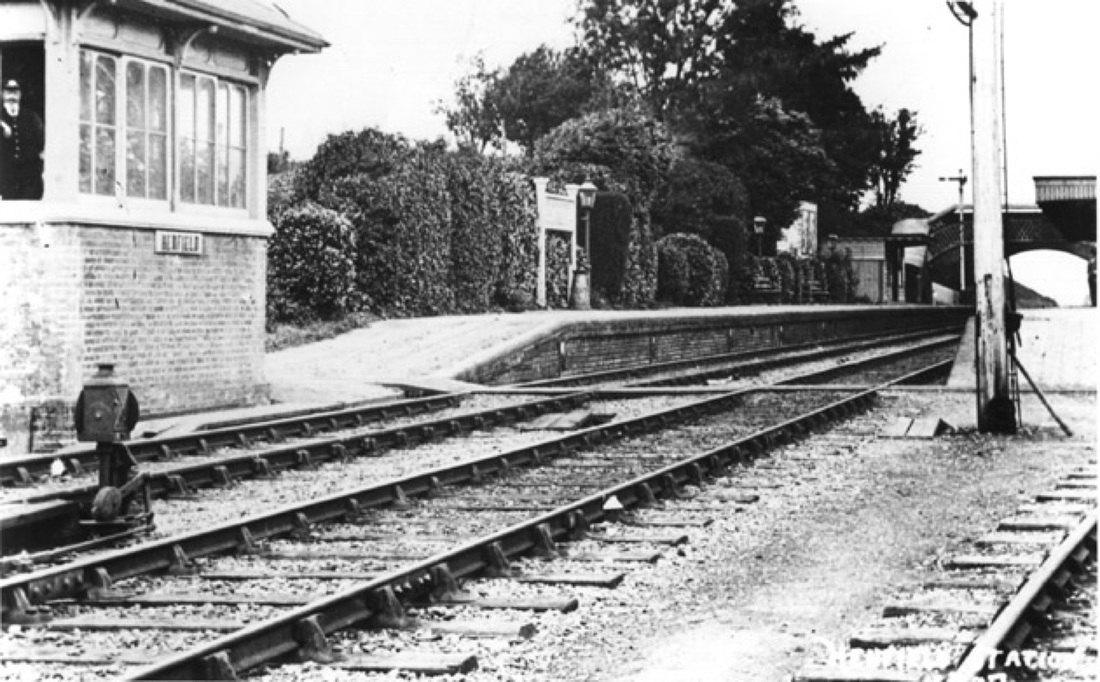
The leather industry played an important role in the village’s commercial development. The field and pond are all that’s left however the name lingers on. You can walk to the Tanyard on our Hidden Henfield circular walk. Another famous landmark, Pinchnose Green is named after the smell that emanated from the tannery!
It wasn’t until the 18th century that Henfield really found itself on the map. As Brighton developed into a popular seaside resort, the village proved to be the perfect stopping off point en-route from London. Even the Prince Regent passed through! Two coaching inns that welcomed visitors - The White Hart and The George still provide food and refreshments to people today.
Fast forward to the 20th century, and Henfield played a pivotal role in the women’s suffrage movement. It also has one of the oldest surviving cricket clubs and the oldest existing Scout Troop in the world. Today, Henfield has a reputation for an art and culture following
Henfield's Historic Timeline:
-
770

Wooden Saxon church built on the current site of St Peter’s Church
-
1086

Domesday Book references Henfield
-
1234

Henfield granted a market
-
1250

Stone church replaces wooden structure at St Peter’s
-
1390

St Anthony’s Cottage built, one of the region’s oldest surviving hall houses
-
1550

Cat House constructed
-
1660

First Postmaster General, and Henfield resident, appointed by King Charles II
-
1729

The George Inn first recorded
-
1764

The White Hart established
-
1771
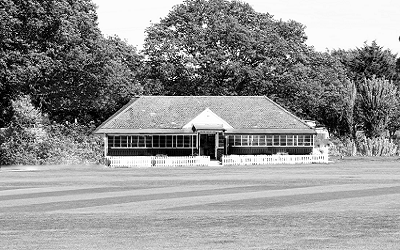
Henfield Cricket Club founded
-
1861

Henfield station opens on the Horsham to Shoreham branch line
-
1862

Nathaniel Woodard moves into Martyn Lodge
-
1907

1st Henfield Scout Group founded
-
1913

Backsettown House used as a refuge for suffragettes
-
1923
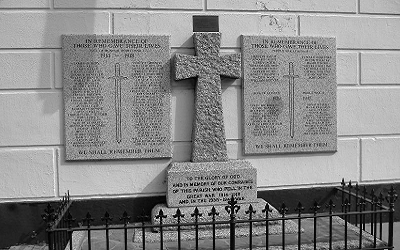
War Memorial established on Cagefoot Lane
-
1966
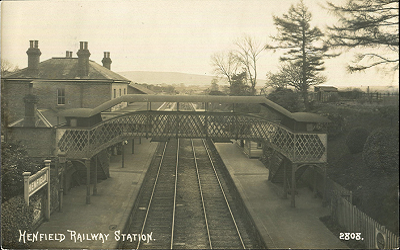
Henfield station and the Horsham to Shoreham railway train line closed
-
1999

Henfield’s Gardens and Arts Festival launched
-
2007

Scouting centenary flame stops at Henfield before reaching Brownsea Island
-
2019

Henfield Festival - supporting Horsham District year of culture
Henfield boasts more than a few historical claims to fame! Did you know… ?
- The village has the oldest existing Scout Group in the world, recognised by the Scout Association
- Henfield Cricket Club is one of the oldest surviving cricket clubs
- The game has been played on the Common for over 300 years
- The first Postmaster General lived in Henfield and invented the first postmark for mail
- Henfield was the first place in Sussex to ban plastic bags in 2008


